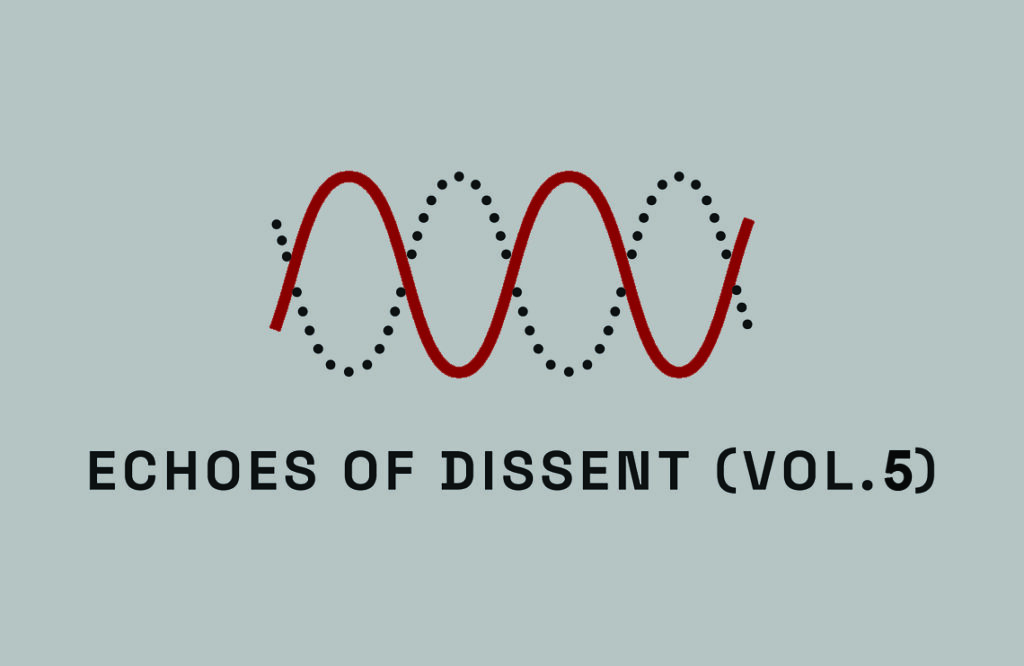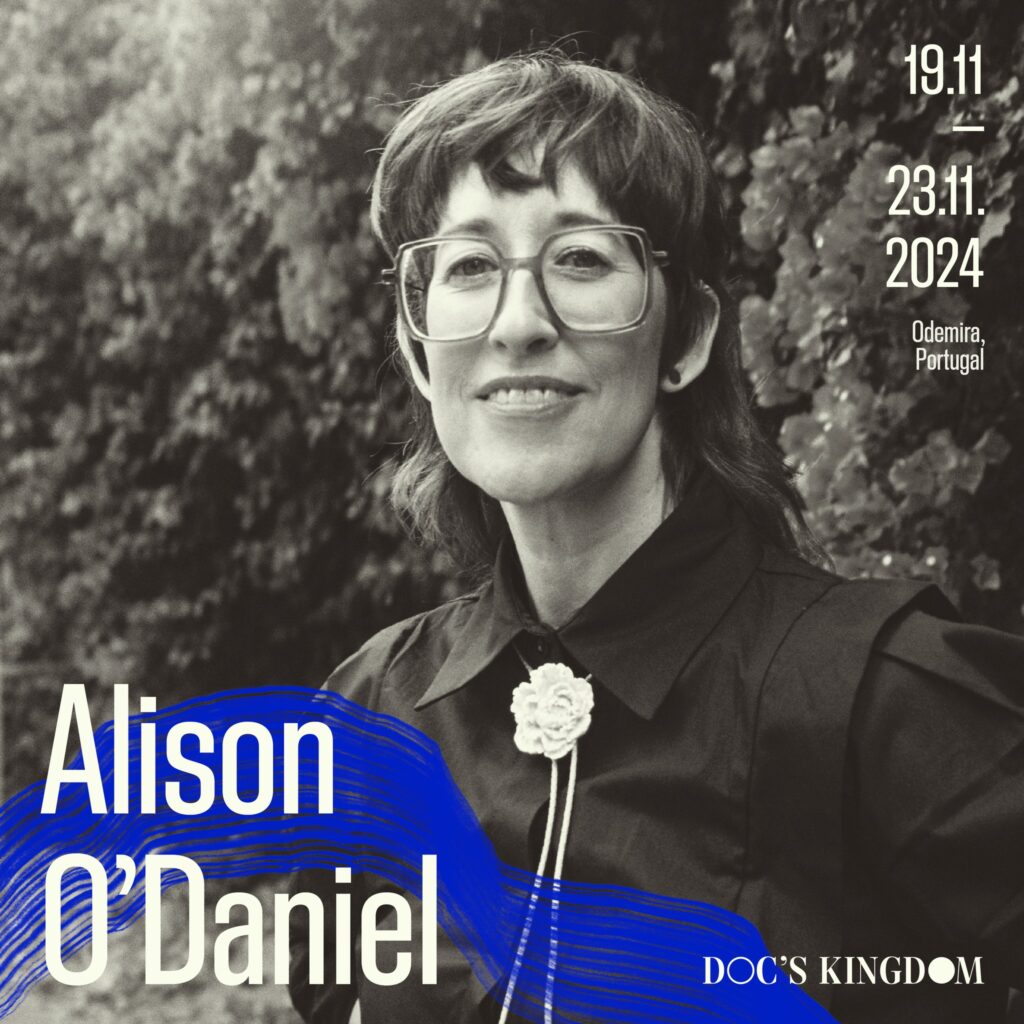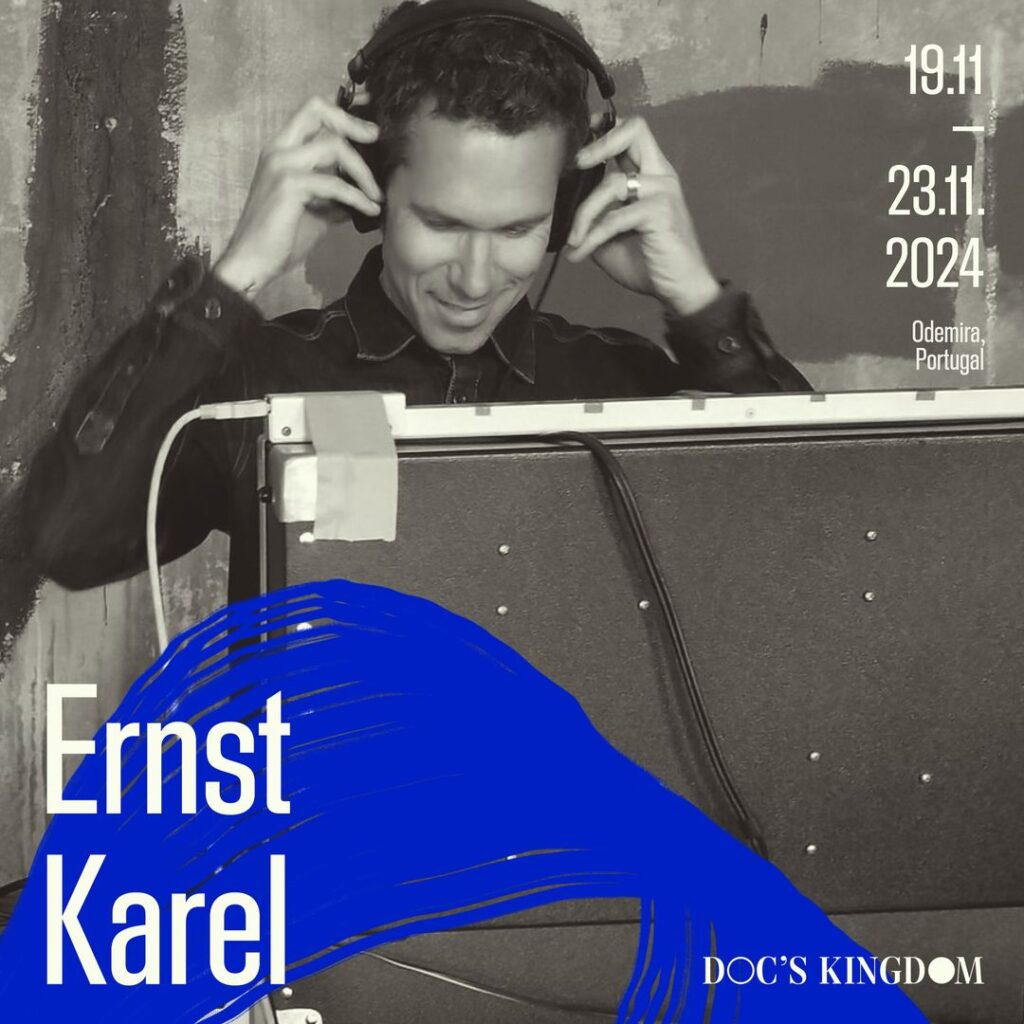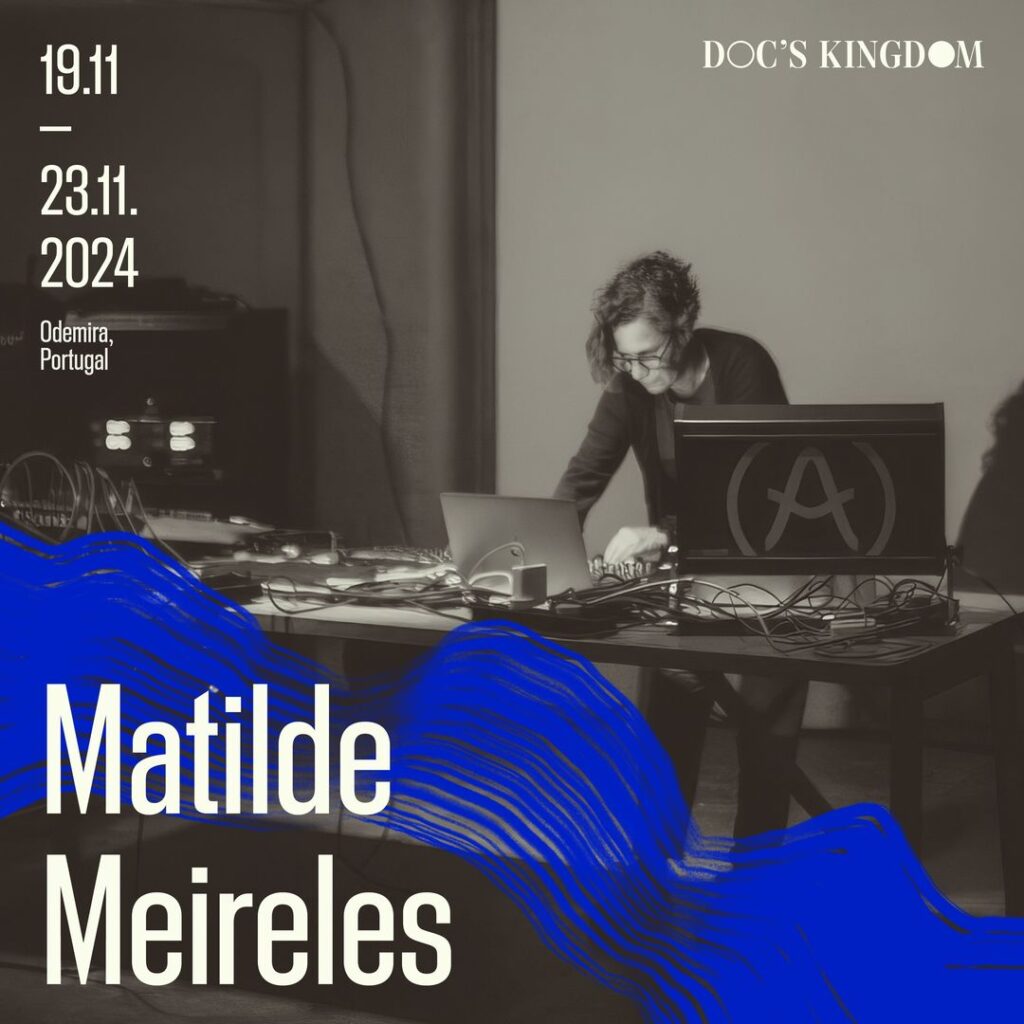
Sat 19 October 2024 > Sun 20 October 2024, les Ateliers Claus Brussels
What could it mean to practice politics by performing music? How could musical improvisation – as a process of collectively searching for sounds and for the responses that attach to them, rather than thinking them up, preparing them and producing them – reconfigure our sense of the world? How can we experience and understand music not simply as what presents itself in the context of sound-phenomena-organized-in-time-and-exchanged-for-cash within the factory of post/industrial capitalism, but also, as an aesthetic-poetic-political mode of enquiry, a mode of perception, a way of learning and sharing – in and outside of the vibrations of sound or the marks of language?
These and other questions will be explored over two days through the practice of X- Ray Hex Tet – an ongoing collaboration between:
Billy Steiger – celeste and violin
Crystabel Riley – drums
Edward George – words and music
Pat Thomas – piano and electronics
Paul Abbott – drums and synthetic sounds
Seymour Wright – alto saxophone (actual and potential)
Six musicians of different backgrounds working at the margins of what is (to many) acceptable in terms of music, genre, technique, interpretation, history and ‘tradition’; a set of subjectivities, energies and philosophies who, in dialogue together, venture and probe the awkward wealth and friction of investigation, finding pleasure (and treasure) in searching for the hidden, secret, and mysterious at the edges of music and meaning.
They will release a recording through Reading Group (New York) in the near term.
Pat Thomas is a UK-based pianist who has been performing and recording in a stunning range of contexts. Active for over 30 years, he has collaborated with Derek Bailey, Eugene Chadbourne, Rhys Chatham, Lol Coxhill, Wadada Leo Smith and many others, and is part of the groups اسم [Ism] and أحمد [Ahmed] and more. He studied classical piano but has always been interested in approaching music from a variety of different vantage points. Different traditions, from dub to improvisation and jungle, come together in the sound world of Pat Thomas. His research, both in his music and his occasional writing, is dedicated, among other things, to rethinking the history of jazz, in light of the underrecognized contribution of West African Islam.
Seymour Wright is a saxophonist from the UK who has released several solo albums and collaborated with groups such as أحمد [Ahmed], @xcrswx, GUO, XT and lll人. The various practices he has engaged in throughout his life – improvisational performances, writing about music, teaching – are all linked by his curiosity and desire to learn. He grew up the son of a concert organizer and spent much of his childhood immersed in music and other art forms, but developed his music practice as part of a weekly improvised music workshop led by AMM percussionist Eddie Prévost. From there, he also grew a dissertation that used the AMM collective’s practice as a case study to explore how people develop creative practice together, as a situated and collective form of learning.
Edward George is a London-based writer, broadcaster and photographer. A founding member of Black Audio Film Collective, he wrote and presented, among others, the seminal essay film Last Angel of History (1996), which helped pave the way for contemporary thinking around Afro-futurism. George was part of the multimedia duo Flow Motion and the electronic music project Hallucinator. His ongoing radio series The Strangeness of Dub and The Strangeness of Jazz intertwine a broad musical selection with different geographical musical histories, African/Afro-diasporic knowledge and critical theory from queer and black studies. His work includes Dub Housing, a project exploring how dub music articulates a different consciousness of people and place, time and geography, history and architecture, race and metropolis.
Paul Abbott is a London-based musician, drummer and writer. He explores music as ecology, in which the interaction of sounds, signs and the physical body allows real and imaginary music to grow. His work often focuses on creating practical and fictional structures to enable improvisation and experimental musical play. Recent and ongoing collaborations include: XT with Seymour Wright; RP Boo Trio with XT; The Creaking Breeze Ensemble with Nathaniel Mackey; yPLO with Micheal Speers. Abbott recently finalized his PhD at the University of Edinburgh, entitled Playing no solo imagination: synthesising the rhythmic emergence of sound and sign through embodied drum kit performance and creative writing. He is currently conducting research at the Royal Conservatory/Academy of Fine Arts Antwerp. He was also co-founder and co-editor of Cesura//Acceso, journal for music, politics and poetics.
Crystabel Riley toured Japan and Europe in the late 2000s with drums, electronics and make-up in the power-noise trio Maria and the Mirrors. This was the beginning of her interest in shapes and patterns on skins – both human and drum. An interest in dimensional patterns on (and of) different surfaces, aesthetic, biological and historical, has continued to develop by exploring the idea of ‘care and uncare’ of different skin surfaces. Crystabel has long collaborated with Sue Lynch, who welcomed her into the Horse Improvised Music Club and later played in the London Improvisers Orchestra. She is currently working, among others, on the multi-format duo project @xcrswx with Seymour Wright.
Billy Steiger has been causing a furore on the London improvisation scene for several years. This Irish violinist’s non-idiomatic approach can be experienced in projects such as Frîdd Newydd, a solo recording of his ‘magical-realist violin music’ accompanied by drawings and photographs of his trip to an imaginary village in Wales. As a visual artist and musician, his practice evolves as a kind of writing by ear. He is inspired by the work of Clarice Lispector, mainly her book Água Viva, which always seems to be in suspension between interior and exterior and impression and expression. His music resonates in some ways with her work, which engages less with the cerebral or knowable realm of words, than with the unknowable moment of experience. He has played with David Toop, Daniel Blumberg and O YAMA O, among others.
—
In the context of the research project Echoes of Dissent (KASK & Conservatory / School of Arts Gent). In collaboration with Courtisane, Auguste Orts and In vitro, with the support of VGC (Vlaamse Gemeenschapscommissie) and Q-O2.
—
Entrance: €12
les ateliers claus
rue crickxstraat 15
1060 brussels




